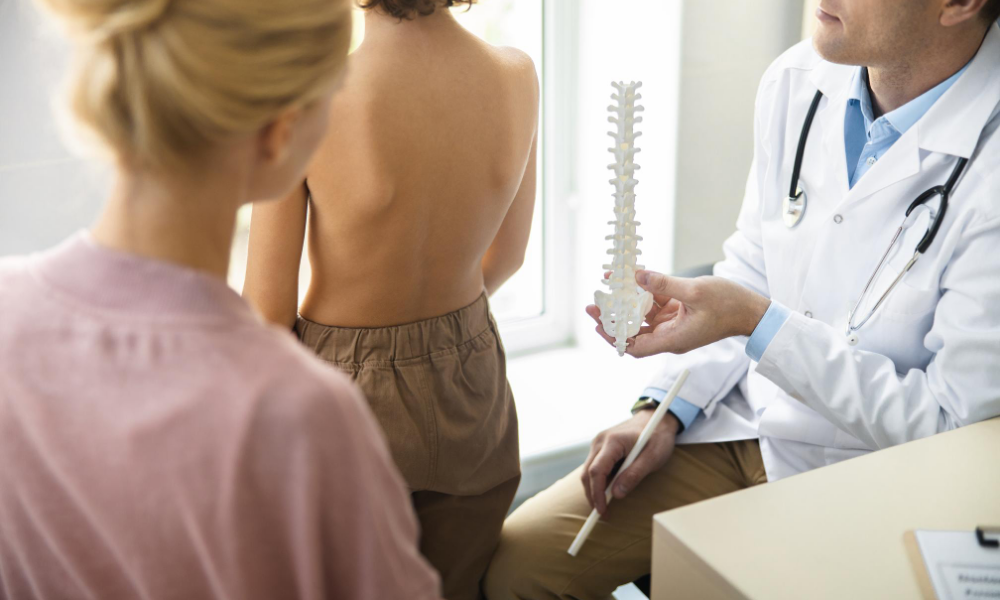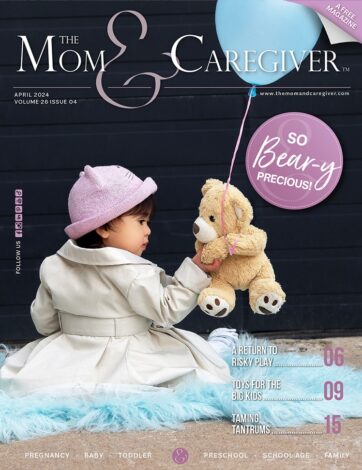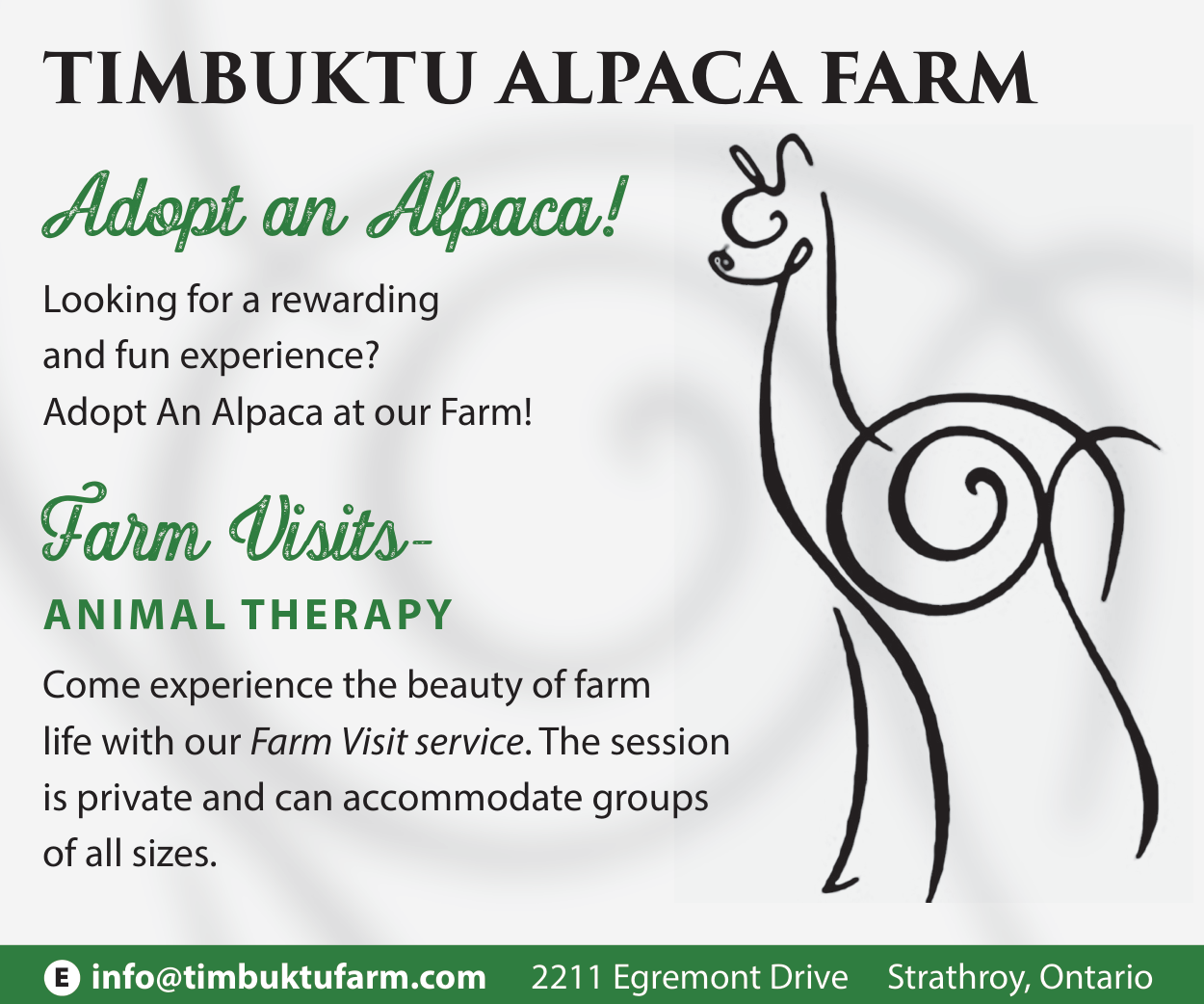September is Muscular Dystrophy Awareness Month
Its Muscular Dystrophy (MD) Awareness month, and we’re on a mission to help demystify muscular dystrophy and neuromuscular disorders.
MD is a group of diseases that causes progressive weakness and loss of muscle mass. Duchenne Muscular Dystrophy (DMD), the most common, presents in boys around age four as a weakness that progresses and affects the heart and respiratory muscles. Preschoolers may seem clumsy, fall often, have difficulty climbing stairs or getting up from the floor.
By grade school, kids may walk on their toes or balls of their feet. Being unsteady they stick their belly out and shoulders back for balance. Between the ages of seven and 12, many children lose their ability to walk. By their teenage years, activities involving the arms, legs, or trunk may require assistance or support to sit, stand or walk. Every child who has MD will have a different experience, but the disease doesn’t affect their intelligence in any way.
Orthotic Management for MD Symptoms
There is currently no cure for MD, however, there are various treatment options available to help symptom management, prolong walking ability, and encourage independence. Orthotic devices are braces that help support weakened muscles and are worn to encourage proper alignment, positioning, enhance comfort and help slow the progression of contractures and deformities.
Contractures: As muscles deteriorate and shorten, kids with MD
develop fixations of the joints, causing pain and discomfort, and restricting mobility and independence. There are various orthotic designs that are worn throughout the day or night that provide a stretch on the muscles. Range of motion exercises performed on a regular basis also helps.
Curved Spine (Scoliosis): As trunk, muscles weaken the spine can be gradually pulled into a curved shape. This can cause respiratory complications and pain. Spine strengthening exercises and back bracing can slow the progression of the spinal deformity.
Joint Stability: Ankle foot orthoses and knee immobilizers may be prescribed for joint stability and support, stretching and positioning.
Standing Ability: Standing for a few hours a day with minimal weight bearing promotes better circulation, healthier bones and a straight spine. Standing frames and standing walkers assist children to stand and/or ambulate efficiently.
We are here to help you with your child’s needs. If you have any questions or concerns about the orthotic treatment of neuromuscular diseases, please do not hesitate to reach out to our office.
(519) 850-4721 | office@customorthoticsoflondon.com | @cool_bracing
The Team at Custom Orthotics of London














